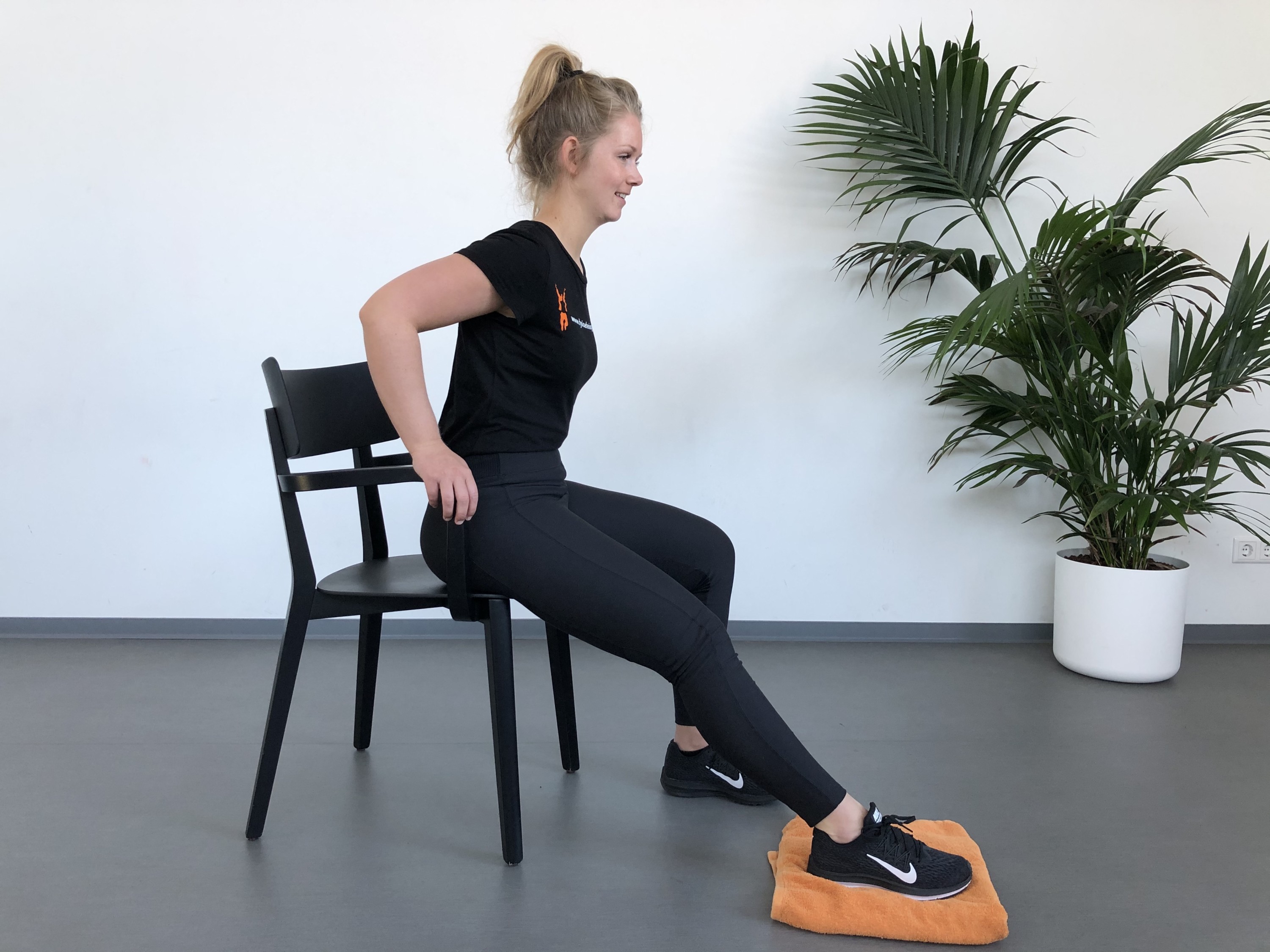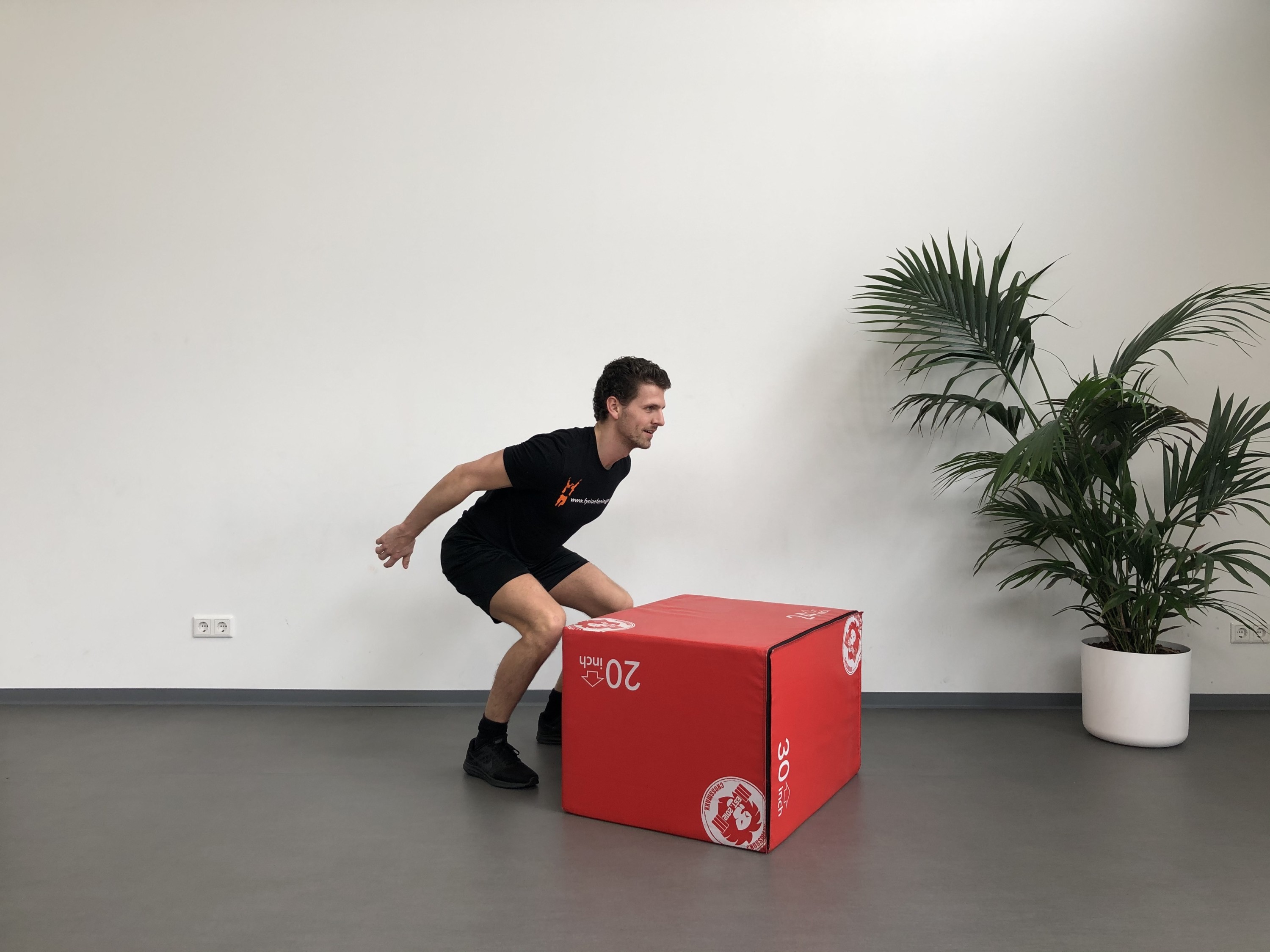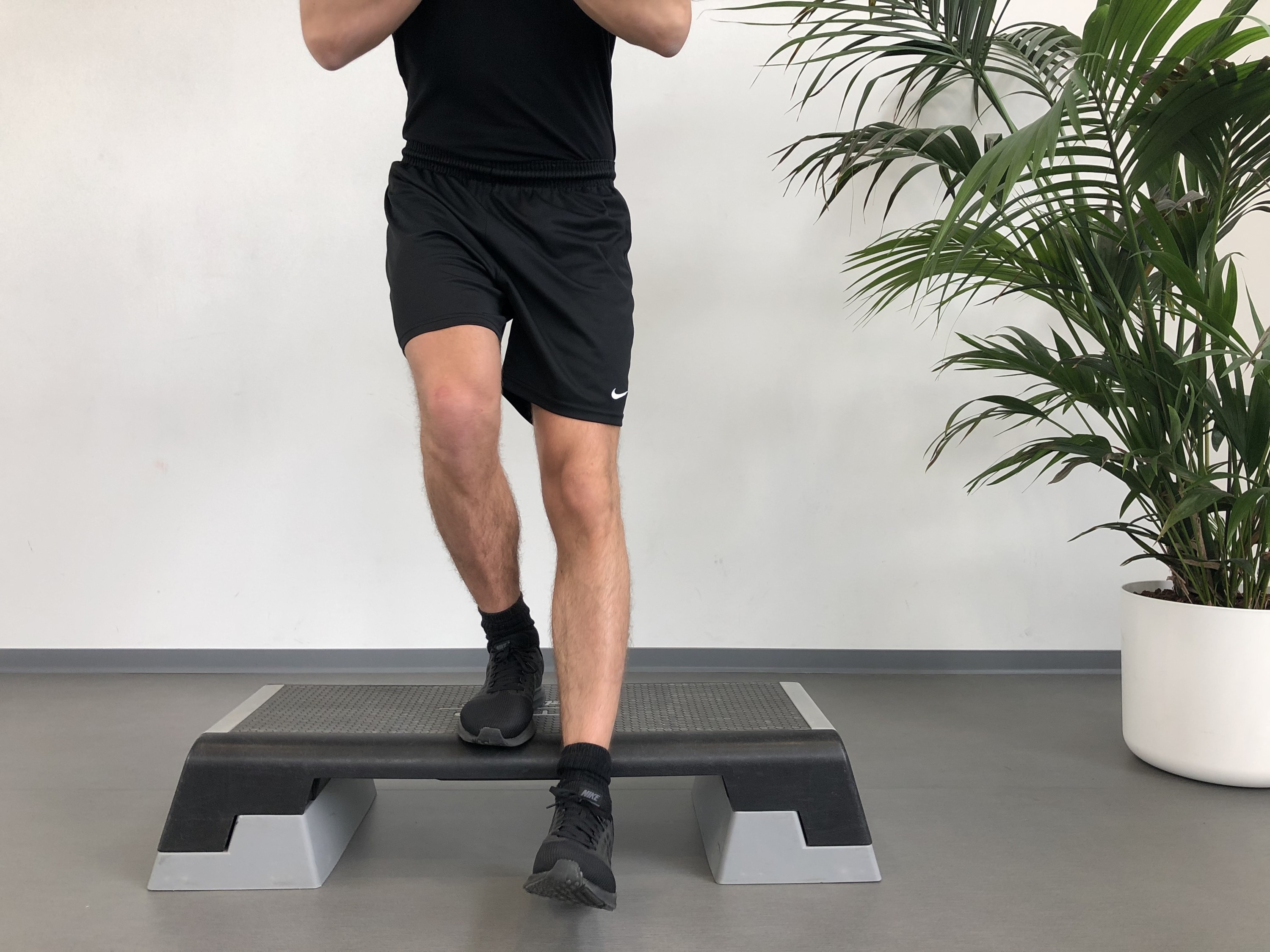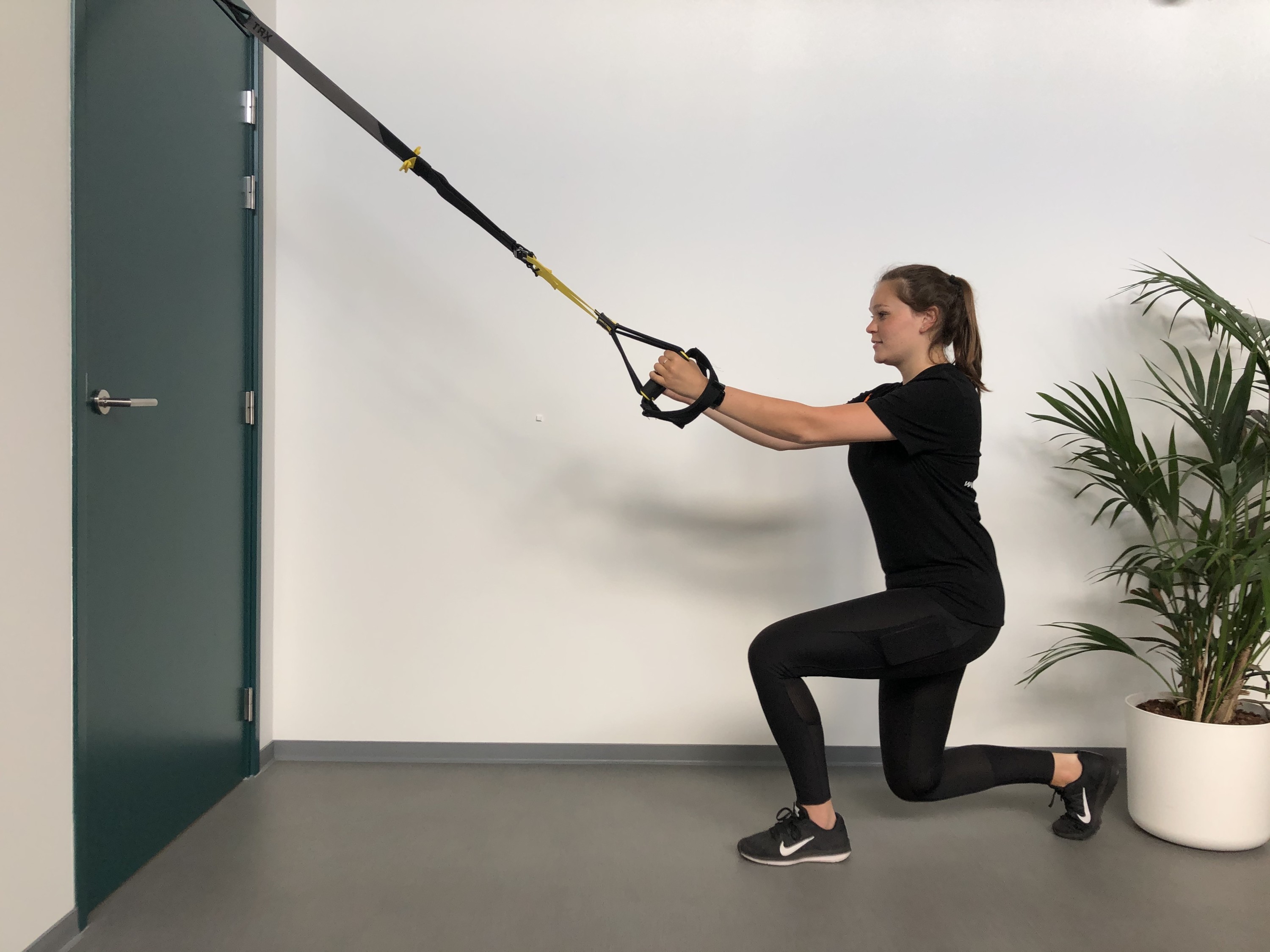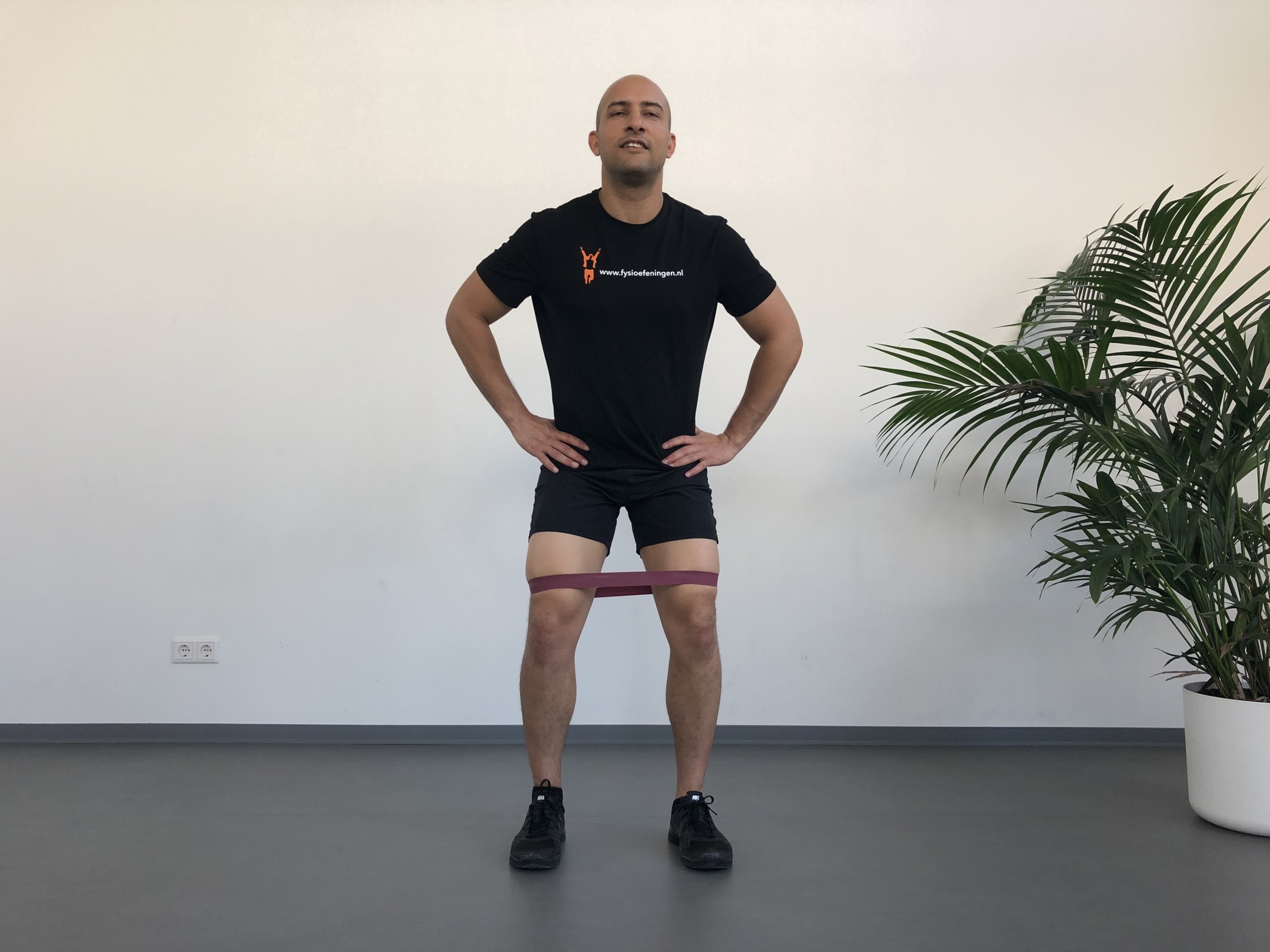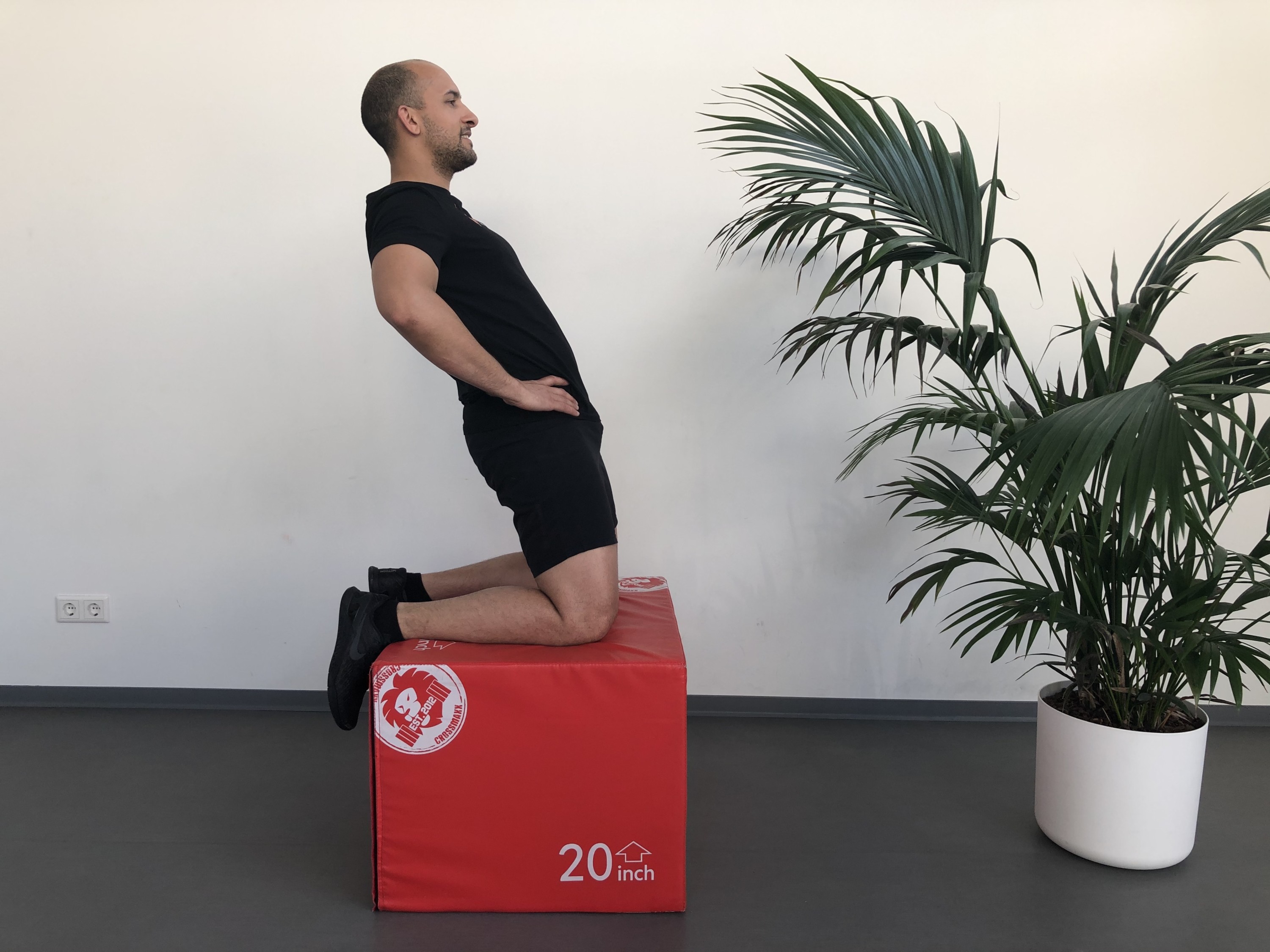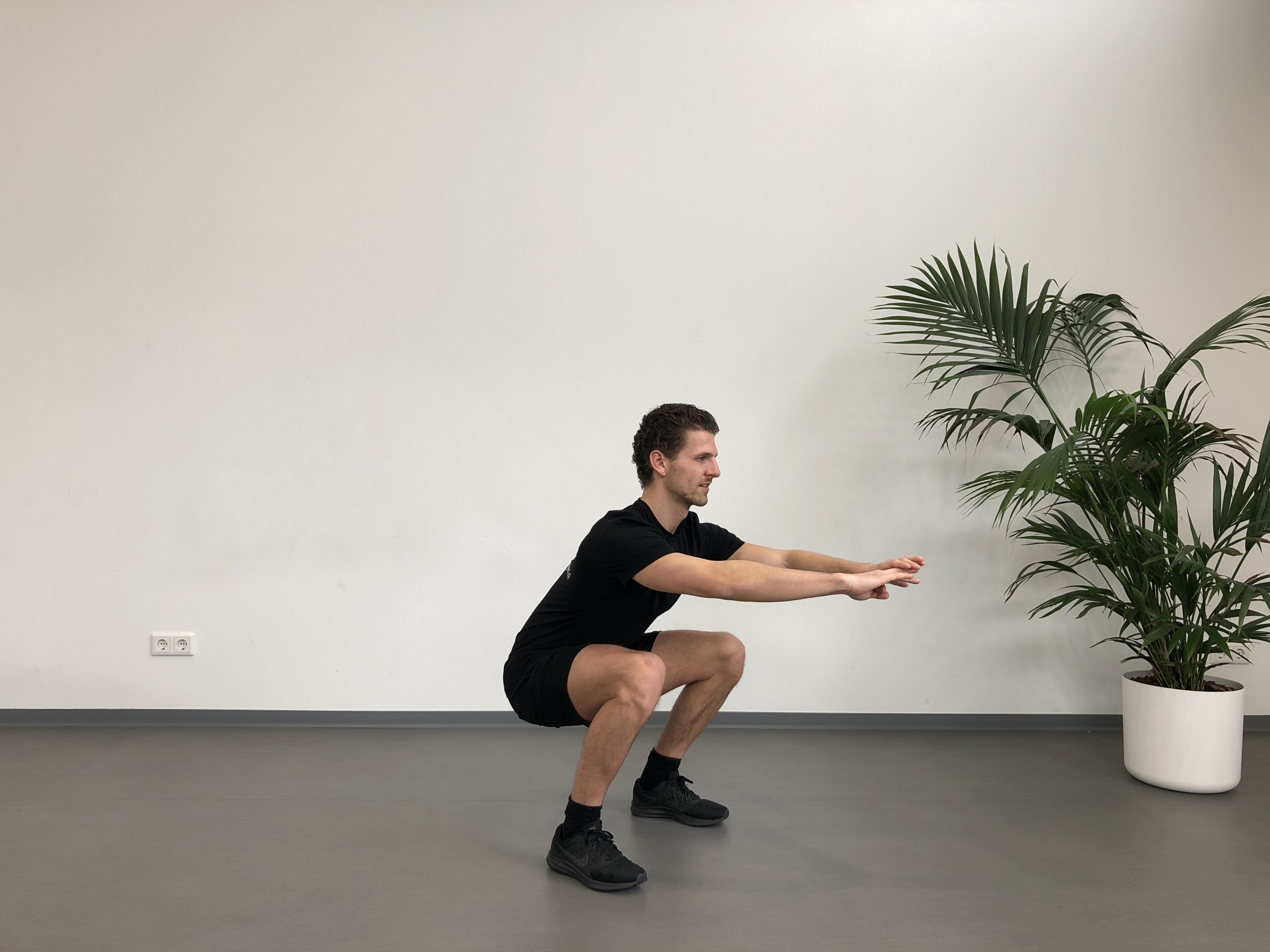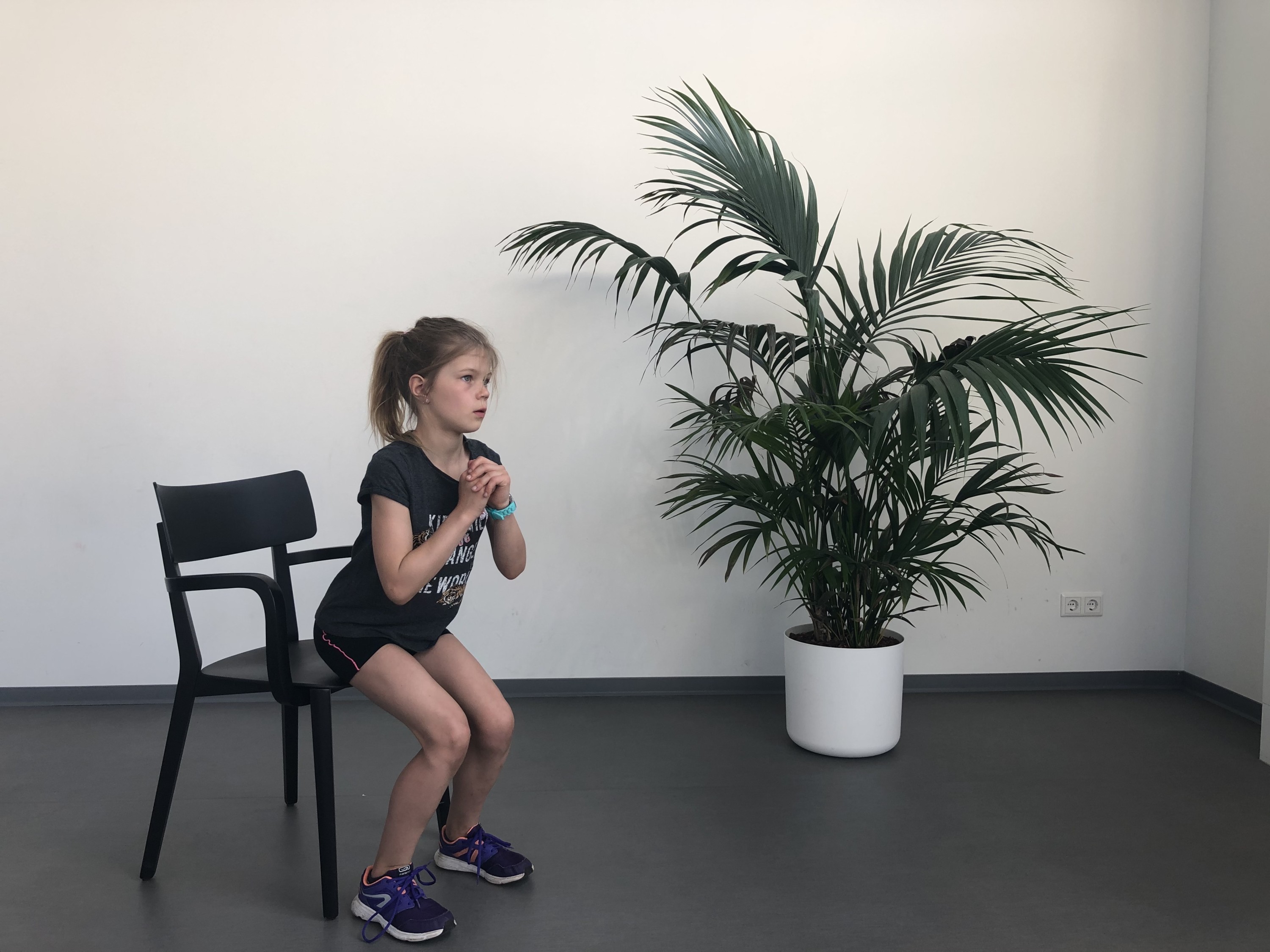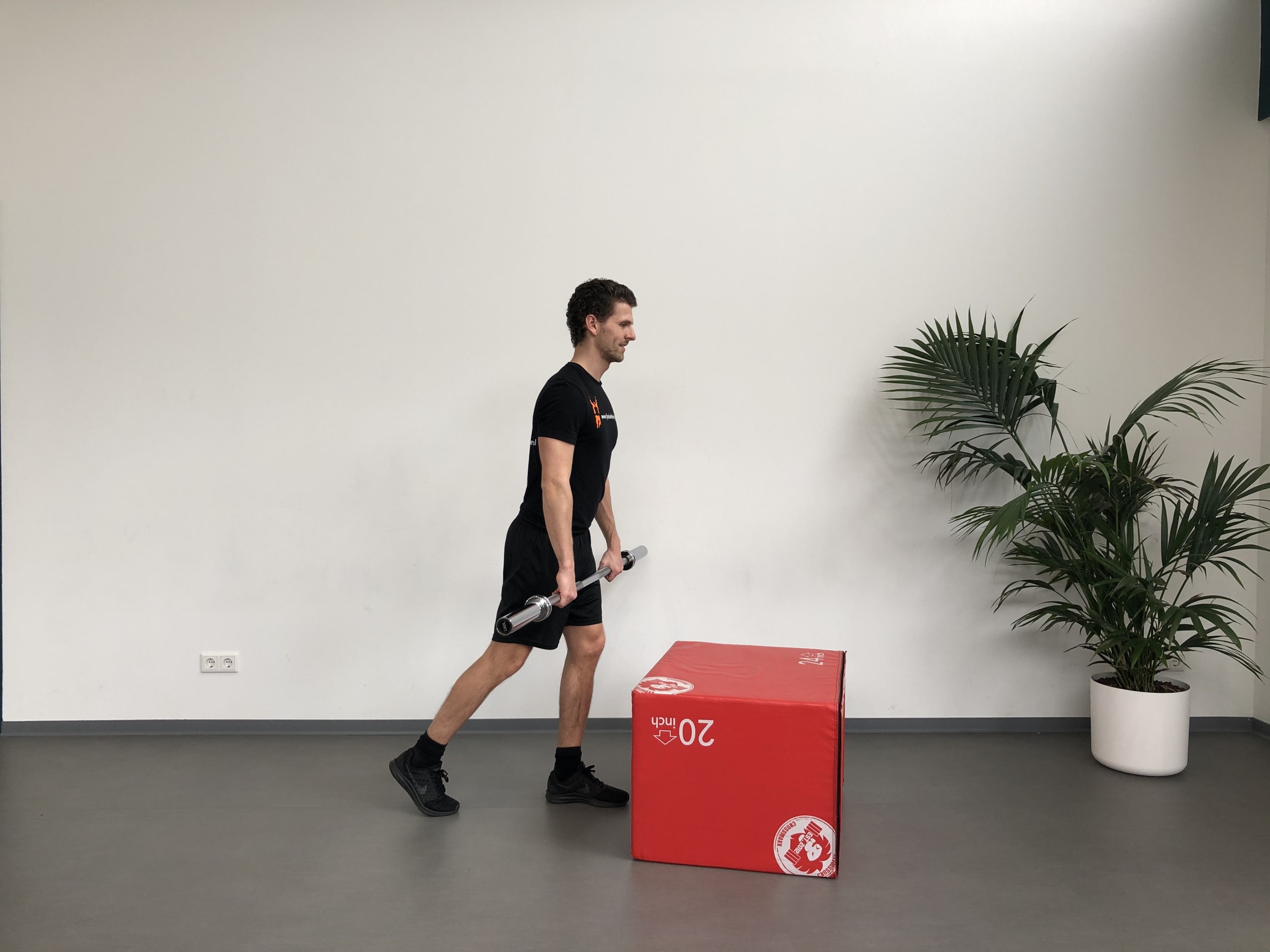
Knee injuries
There are various types of knee injuries including wear and tear of the knee joint (arthritis, degenerative changes), ligament injuries (for instance a torn medial ligament), compressed or injured nerves (neuropathy) and bone lesion (for instance fractures). There are many different knee injuries. Below you can find more information.
Step
Hard. Compact. Qualitatively.

Plyo box
Hard. Compact. Qualitatively.

Resistance band
Hard. Compact. Qualitatively.

The knee
There are various types of knee injuries including wear and tear of the knee joint (arthritis, degenerative changes), ligament injuries (for instance a torn medial ligament), compressed or injured nerves (neuropathy) and bone lesion (for instance fractures).
The knee joint consists of three bones that help coordinate the knee movement. The thigh bone (femur) , the tibia in the lower leg and the kneecap (patella) at the front. In effect, the knee consists of two joints, one between the thigh bone and tibia and one between the thigh bone and the kneecap. Because they both lie within the same capsule it is functionally seen as one joint.
The fibula, the smaller bone in the lower leg, is not involved in the knee joint but makes up the outer side of the ankle joint. Sometimes there is an extra small bone (sesamoid bone) located in the calf muscle. If present, it does not affect the knee joint.
In short: There are many different knee injuries. It is important to get a correct diagnosis to target the rehabilitation to that specific injury type.

